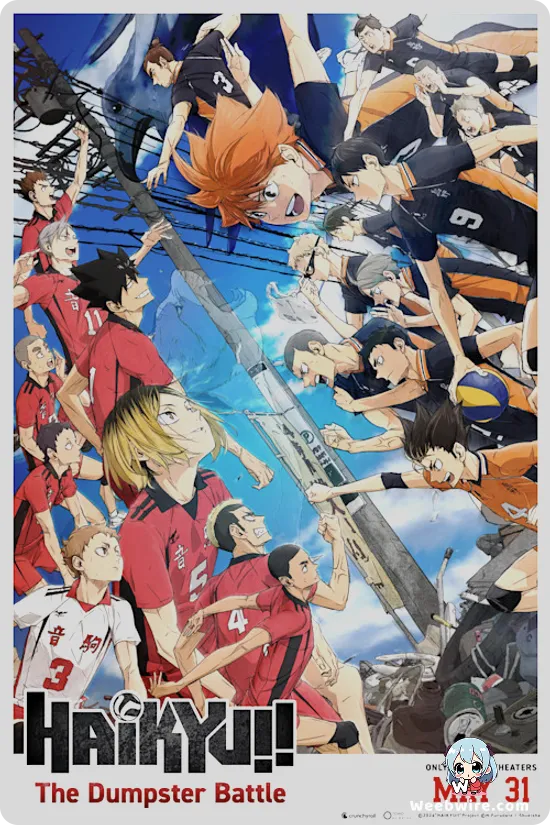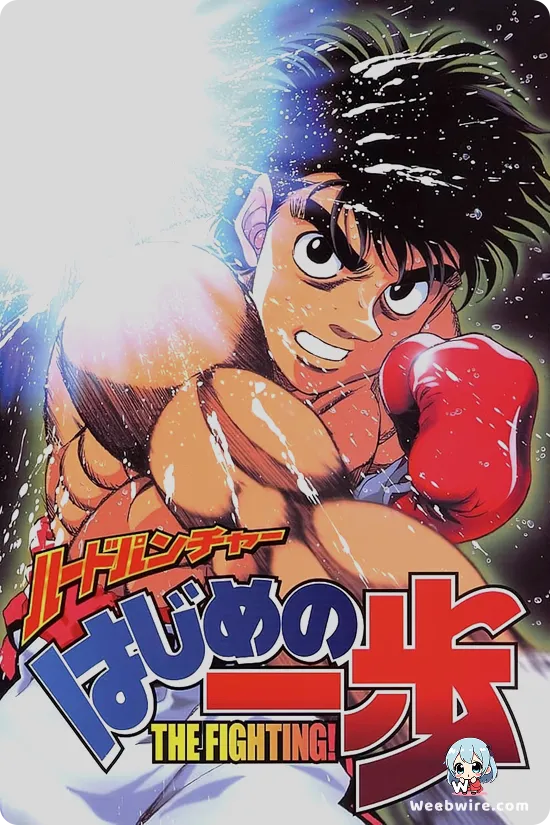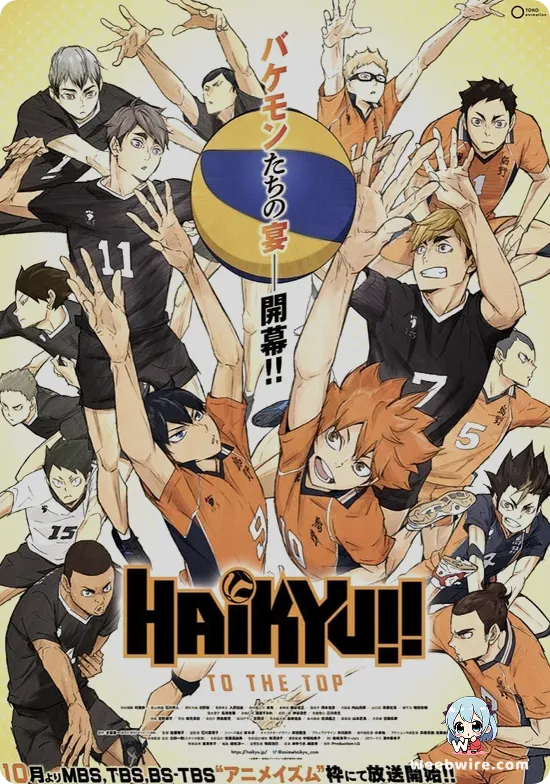The Hidden Depths of 'Jellyfish Can’t Swim in the Night': Unpacking the Symbolism and King Records' Influence
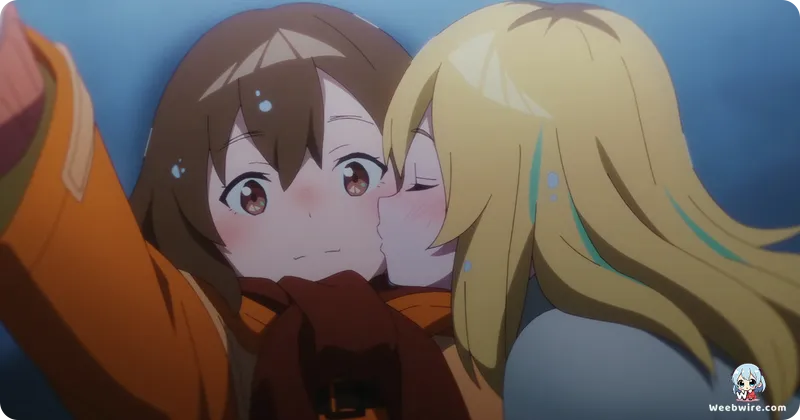
The anime Jellyfish Can’t Swim in the Night (Yoru no Kurage wa Oyogenai) offers a nuanced perspective that moves beyond typical slice-of-life narratives. The series provides a deep exploration of self-expression, creative anonymity, and the psychological pressures inherent in public scrutiny within the digital era.
This compelling narrative centers on four distinct young women who form the mysterious artist collective known as 'JELEE.' Their collective journey is defined by the pursuit of authentic artistry while simultaneously managing the profound fear of exposure. This central tension is expertly integrated throughout the show's structure and thematic design.
The Metaphor of the Title
The series title itself functions as a powerful metaphor for the characters' internal struggles. 'Jellyfish Can’t Swim in the Night' captures the protagonists' initial condition: similar to jellyfish, the members Mahiru, Kano, Kiwi, and Mei find themselves adrift. They lack the necessary active direction to navigate their personal lives following setbacks that forced them to abandon previous creative ambitions.
The 'Night' symbolizes the protective anonymity under which JELEE operates. This veil allows them to create without fear, yet it simultaneously presents an obstacle to achieving true recognition or establishing a secure identity while remaining hidden. This conceptual framework establishes the core dramatic question of the series: how can one find purpose and chart a course when intentionally choosing to drift in obscurity?
Elevating Production Through Sound Design
A crucial factor elevating the production quality is the involvement of King Records as the primary studio and producer. King Records is recognized not only as an animation studio but also as a major entity in the Japanese music industry, managing prominent artists and scoring iconic anime, including Neon Genesis Evangelion.
This music-centric background ensured that the sonic landscape of Jellyfish Can’t Swim in the Night received significant prioritization. The tracks produced by the fictional JELEE unit are sophisticated, emotionally resonant compositions that serve as vital plot mechanisms, far exceeding standard background music. This expertise provides the series with an undeniable level of professional authenticity and impactful sound design.
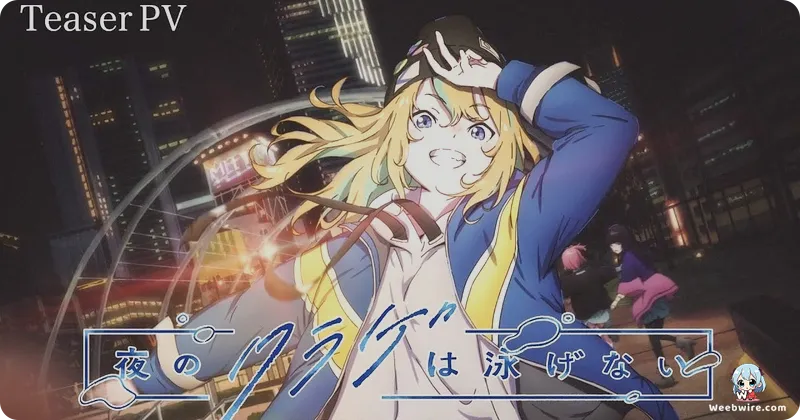
Shibuya and the Conflict of Identity
The anime’s precise utilization of the Shibuya district in Tokyo further emphasizes the thematic contrast between public and private existence. While Shibuya is often used as a generic urban backdrop, Yoru no Kurage renders recognizable landmarks with meticulous detail, highlighting the relentless visibility and hyper-activity of the real world.
This bright, overwhelming environment stands in stark opposition to the private, hidden online realms where the JELEE unit crafts its art. The setting effectively pressures the girls, reinforcing their double lives: they must navigate the exposed reality of metropolitan Tokyo while safeguarding their true, creative identities behind digital avatars and pseudonyms.
The creative team behind the narrative also provides significant depth. Series composition writer Yūki Yaku, known for exploring adolescent anxieties in Bottom-tier Character Tomozaki, skillfully applies his focus to the artistic realm.
Characters such as Mahiru Kōga, the illustrator, struggle with 'creative paralysis' stemming from past trauma. Her arc becomes a quest not merely for drawing skill, but for reclaiming the fundamental joy of creation free from external demands. Similarly, Kiwi Watase, the VTuber, utilizes a digital mask to express herself in ways her real-life persona cannot, powerfully addressing the modern phenomenon of virtual identity as a tool for both artistic freedom and protection against judgment. Yaku’s thoughtful writing ensures the series treats the vulnerability of sharing art with complexity, ultimately forcing the characters to choose between the safety of hiding and the risks of embracing their full creative light.
Credits
Jellyfish Can’t Swim in the Night
Author
JELEE Production Committee (Original Concept)
Cover Art
Junichirō Taniguchi
Studio
King Records
Publisher
King Records
Producers

